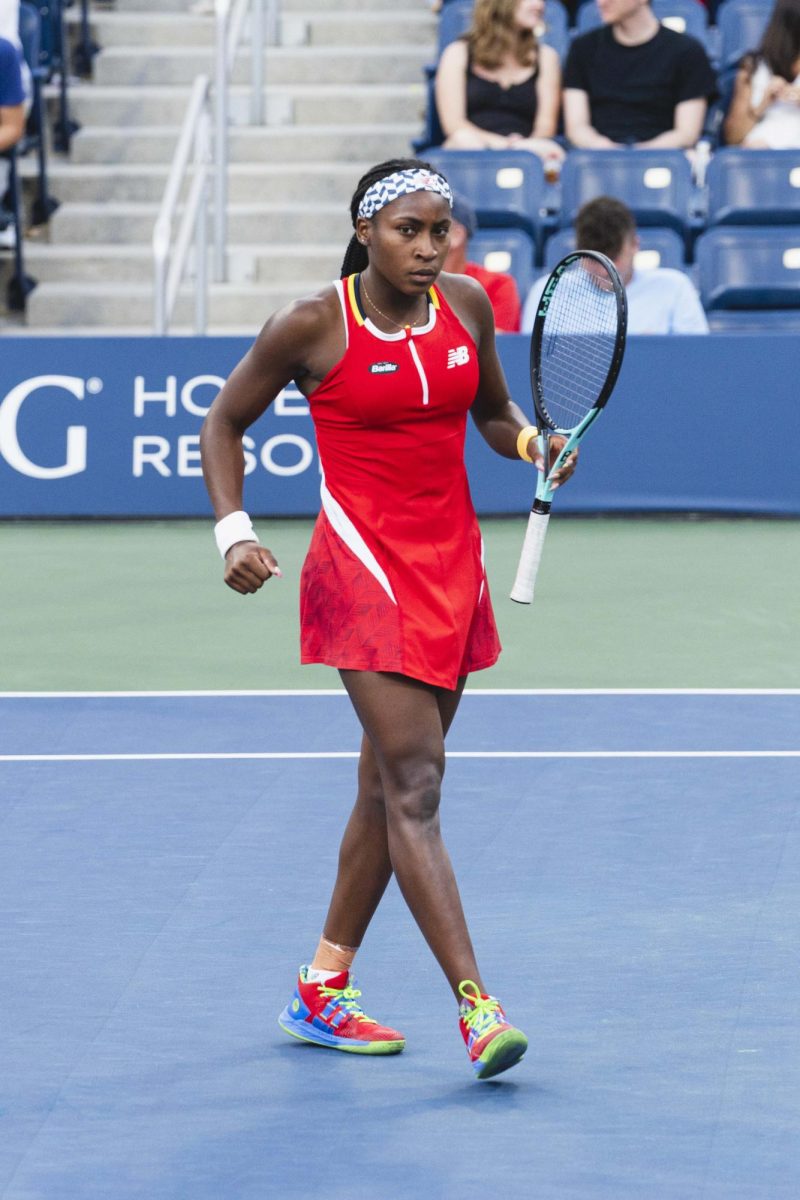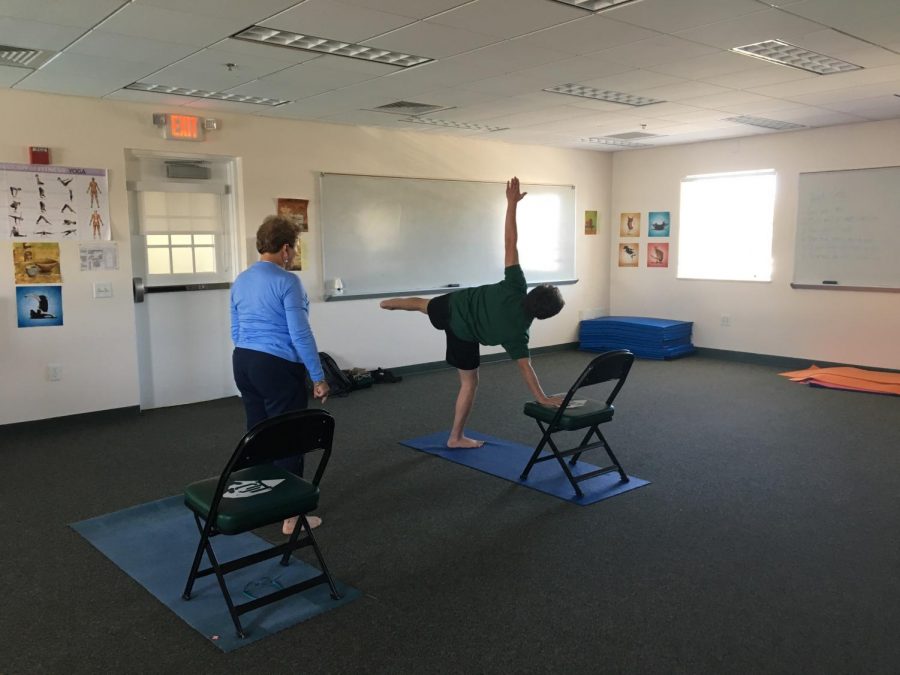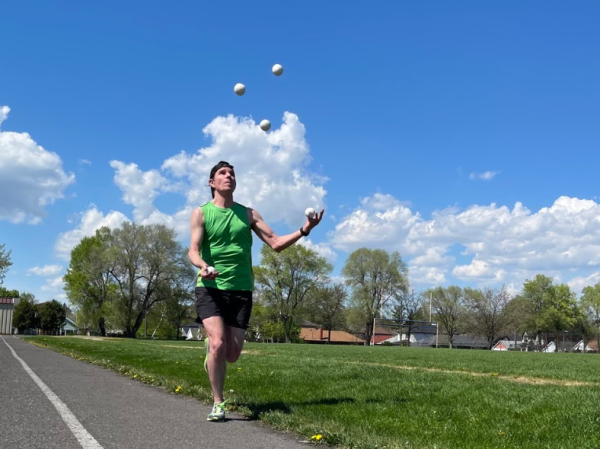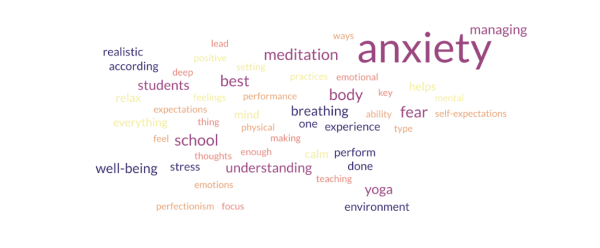Say Namaste! How to Improve Your Physical and Mental Health
Ms. Bresnahan, the PC yoga teacher, instructing a student.
Yoga focuses on a series of stretches and poses, while also working on breathing and balance. Yoga originated in India over 5,000 years ago and developed by the Indus-Sarasvati civilization in Northern Indian. After a couple of centuries passed, yoga masters created a series of practices designed to rejuvenate the mind and body.
Yoga has immense physical benefits including increased flexibility and muscle strength, improved breathing and stamina, and protection from injury. Yoga can also help anyone that is dealing with conditions such as poor blood circulation, high blood pressure, arthritis, limited mobility, lower back pain, difficulty breathing, stress, and even depression. Yoga is beneficial for people who are not very active, but also valuable for people who are already fit and looking for a challenging workout.
Not only does yoga have many physical benefits, but also many mental benefits. Yoga helps reduce stress, putting the mind and body in complete peace. “The purpose of yoga is to create strength, awareness, and harmony in both the mind and body,” explains Natalie Nevins, D.O., a board-certified osteopathic family physician and certified Kundalini Yoga instructor in Hollywood, California. When doing yoga, one becomes more aware of their bodily functions. This self-realization is crucial for humans because it allows for a healthy lifestyle. Yoga incorporates breathing patterns that can help improve a person’s well-being and requires deep concentration and physical endurance. While focusing all of your energy into each pose, one is able to feel the mind and body become one.
By assessing goals and fitness levels, there are many different types of yoga one can choose from. Hatha yoga, which is most popularly practiced in the U.S., helps to strengthen and purify the body, while Lyengar yoga uses props such as chairs, blankets, and bolsters to help hold postures. Other types of yoga include Ashtanga yoga, which is difficult and fast-paced. Bikram yoga, or hot yoga, requires immense hydration prior to class because it is an intense form of yoga that takes place in a hot room in order to raise heart rates, while Restorative yoga focuses on the relaxation aspect of yoga. There are so many different types of yoga practices, so everyone is able to find something that fits them.
Perhaps the most beneficial pose is the final one, “Savasana,” which is derived from two different Sanskrit words. The first is “Sava”, meaning “corpse,” and the second is “asana,” meaning “pose.” By lying flat on your back with your hands by your side in complete silence, you have completed the pose of “Savasana”. This final relaxation pose is considered the hardest yoga pose by many great yoga masters, including K. Pattabhi Jois, because it can be very difficult to lie completely still and detach from one’s surroundings. You don’t even need to be finishing a yoga class to do this pose; it is easy to do at home or anywhere you go. After completing this pose, you will definitely reach your zen. Once the yoga class is over, instructors and students also typically say “Namaste,” which means “I bow to you.” It is a sign of respect and acknowledgment of others that is the perfect way to end a practice meant for focus on bettering oneself.
Sources: University of Rochester Medical Center, Yoga Basics, American Osteopathic Association, Yoga Outlet, Mayo Clinic, Yoga Journal




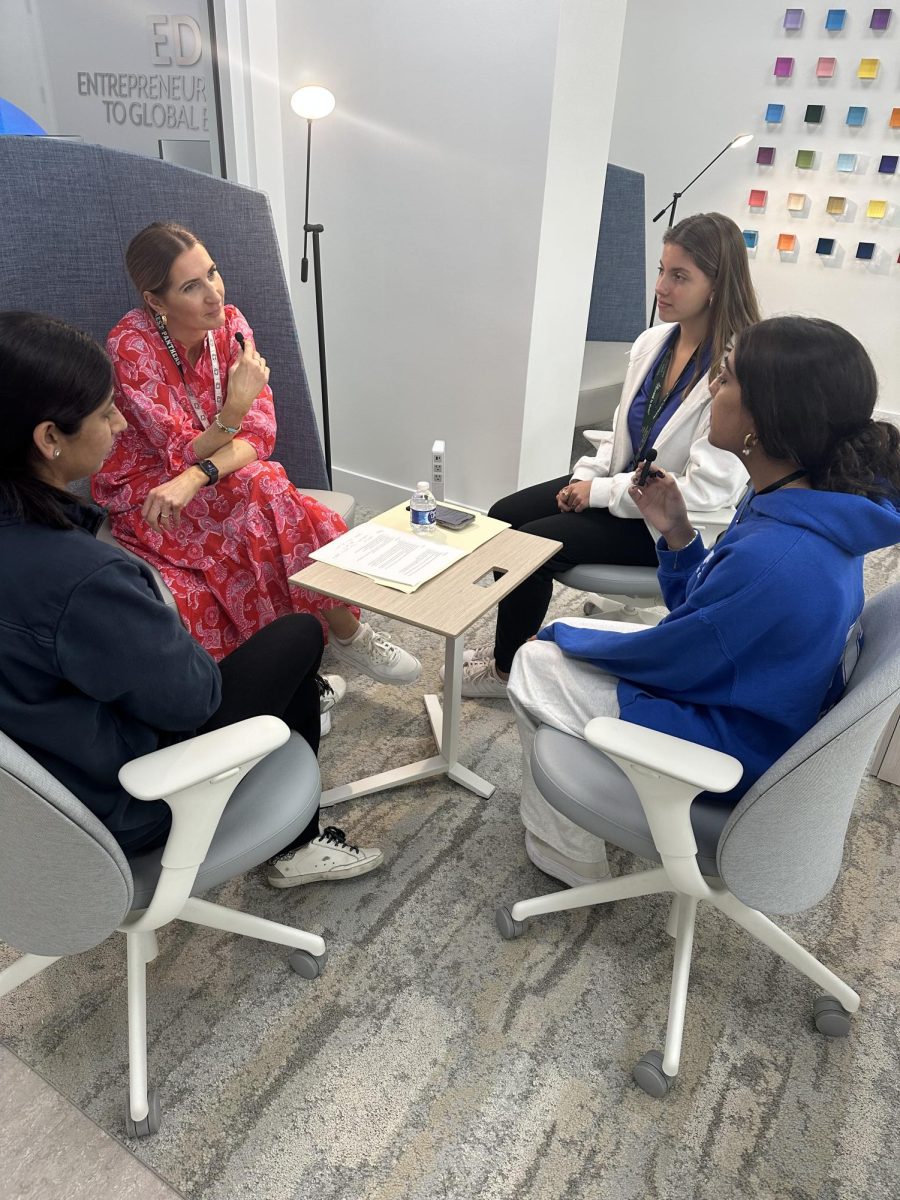

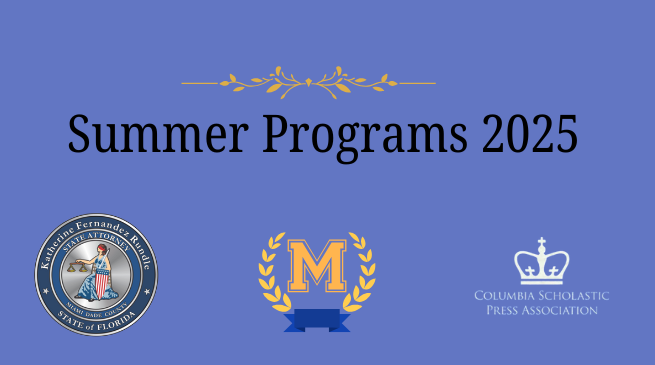


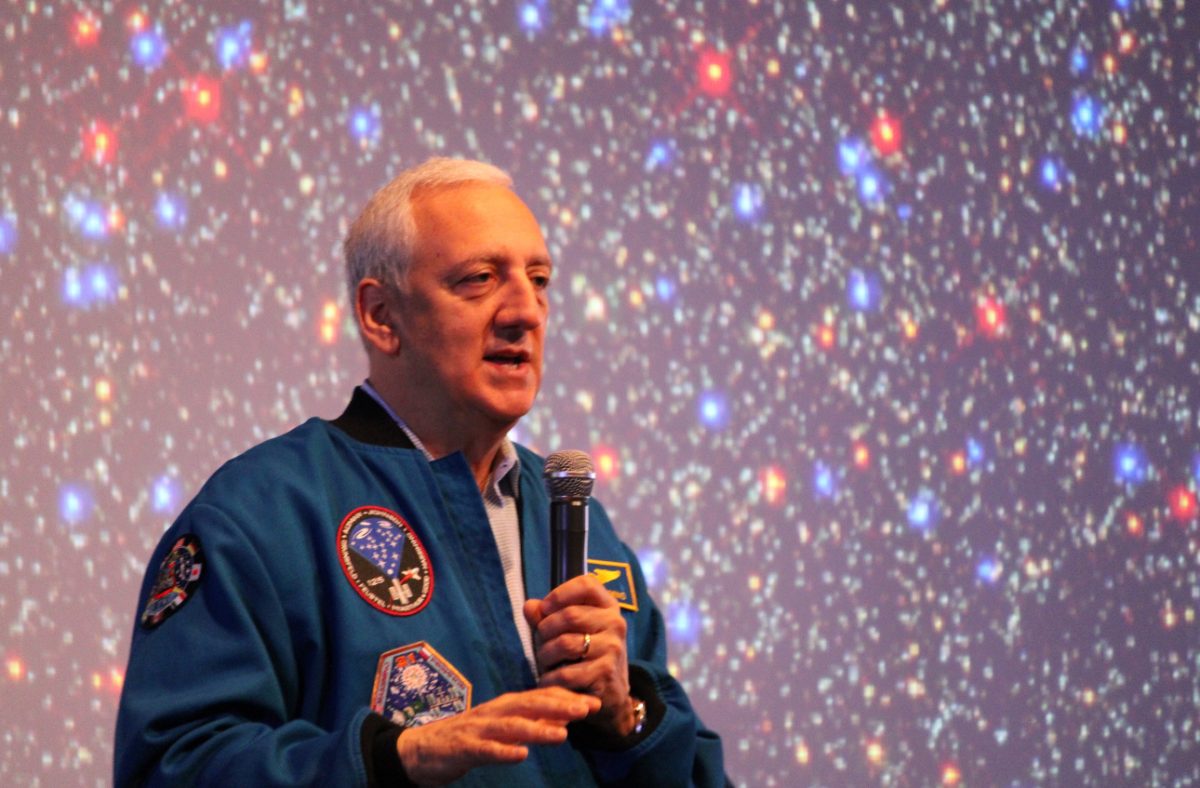























![Stranger Things 4: What to Expect [Warning: Contains Spoilers]](https://pcpawprint.com/wp-content/uploads/2021/11/StrangerThings4-900x473.jpeg)






































